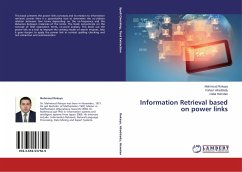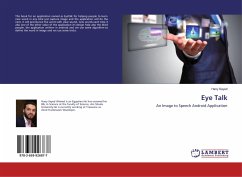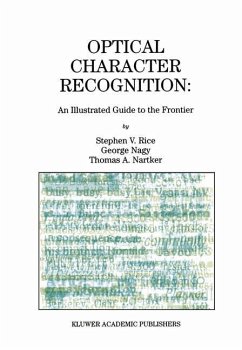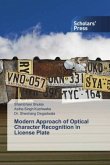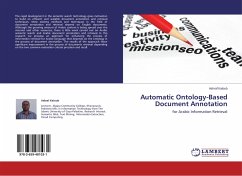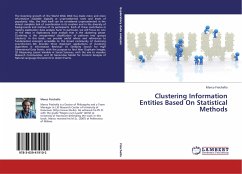The automation of manual activities was a long-time imagination of human beings. With the development of computers, this dream is coming to be realized. Over the past 50 years, many researches are conducted to develop machines and software that help and sometimes replace human beings. Optical Character Recognition(OCR) is one of the most successful applications of technology in the field of pattern recognition and artificial intelligence. OCR systems take scanned images of paper documents as input, and automatically convert them into digital format for computer-aided data processing. In the first part of this book, the definition, architecture, benefits, applications and issues of developing of OCR systems are covered. A total of fifteen researches are reviewed and a summary of the identified problems, objective of the study, methods, techniques and algorithms applied or innovated, scope and limitation, performance evaluation as well as the future research direction pointed by all researches are presented in an interesting manner. Finally conclusion and recommendations with references to reviewed literatures are presented.


